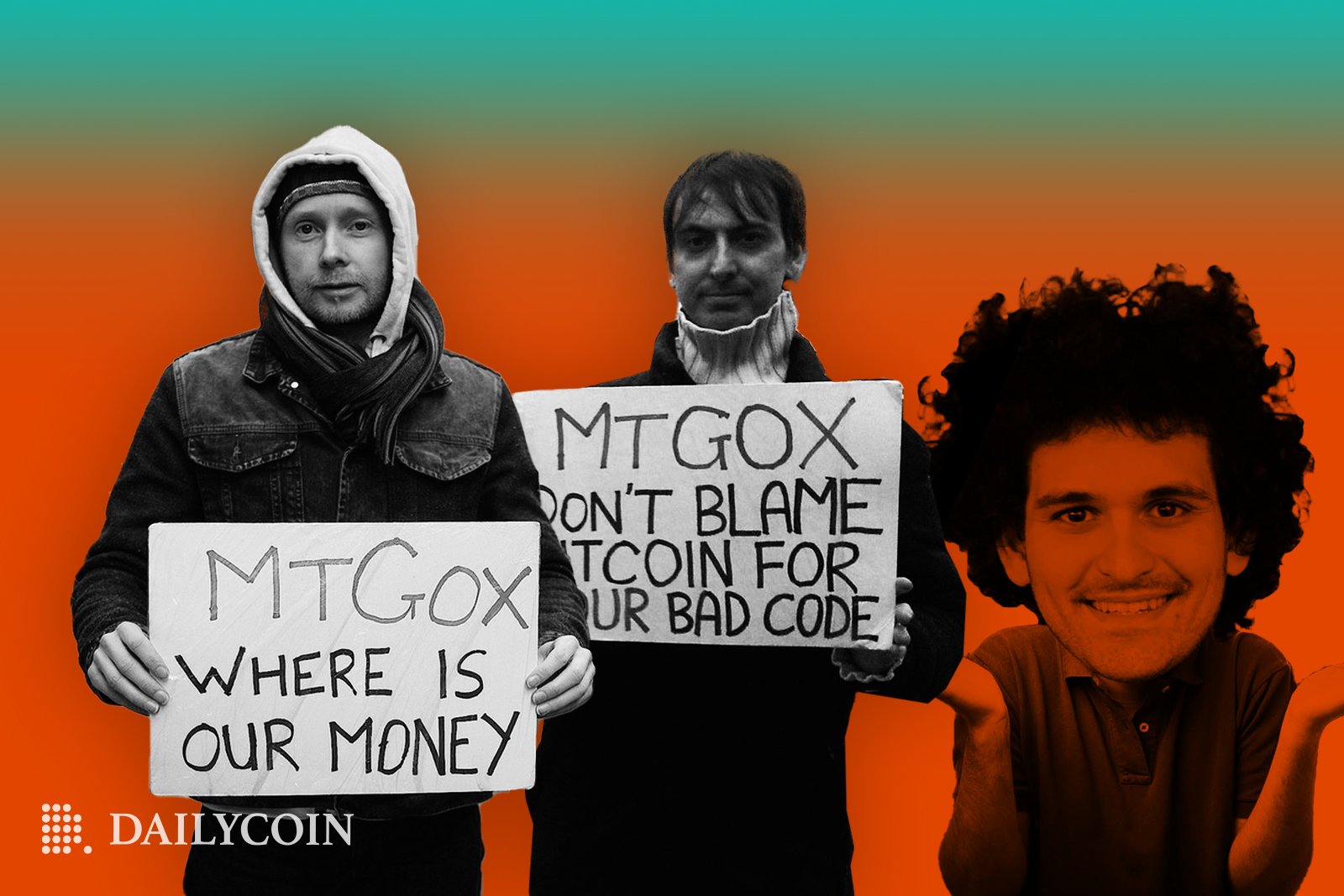
- Chainalysis concluded that FTX was a far lesser player in the cryptocurrency market than Mt. Gox was.
- The first Bitcoin exchange, Mt. Gox, crashed in 2014, yet crypto survived.
- “There’s no reason to think the industry can’t bounce back from this, stronger than ever.”
Chainalysis, a company that analyzes blockchain data, draws parallels between the collapse of FTX and that of Mt. Gox to predict the effects of such a tragedy on the cryptocurrency ecosystem as a whole.
The research lead at Chainalysis, Eric Jardine, recently compared the two firms’ market shares in a Twitter thread on November 23. He discovered that in the year preceding Mt. Gox’s implosion in 2014, the exchange attracted an average of 46% of all inflows, whereas FTX received an average of 13% from 2019 to 2022.
1/ Big picture: FTX’s collapse has shaken the #crypto market. But this is not the first time crypto has faced significant turmoil related to the collapse of an exchange.
— Chainalysis (@chainalysis) November 23, 2022
Crypto to Bounce Back Strongly from FTX Crisis
According to the blockchain analytics firm, FTX was a far lesser player in the cryptocurrency market than Mt. Gox was at the time, and the market should recover much more strongly than before.
As Jardine points out, DEXs like Uniswap and Curve controlled roughly half of all exchange inflows by late 2022. Whereas in 2014, when Mt. Gox crumbled, CEXs were the only players in the marketplace. However, as Jardine explains, FTX was steadily gaining market share while Mt. Gox was steadily losing it, and this highlights the need for analyzing market trends in business.

Despite this, Jardine determined that before its collapse eight years ago, Mt. Gox was a more important component of the crypto ecosystem than FTX was. This is because it was a keystone of the CEX category in an era when CEXes dominated.
Further, Jardine analyzes the cryptocurrency industry’s resurgence following Mt. Gox’s collapse, finding that on-chain transaction volume remained unchanged for a year or so but eventually jumped back up.
On the Flipside
- Mt. Gox lost 850,000 BTC in a cyberattack in February 2014, prompting the exchange to halt trading, take down its website, and seek bankruptcy protection.
- Although victims are yet to receive their money back eight years later, the Mt. Gox Trustee said on October 6 that victims had until January 10, 2023, to pick a payment mechanism for the 150,000 BTC reportedly in their possession.
- The ultimate fate of the FTX implosion victims remains to be seen.
Why You Should Care
Despite other factors, such as Sam Bankman-Fried‘s high profile, Jardine believes that the comparison should give the industry optimism. When it comes to market fundamentals, there is no reason to believe that the industry won’t recover from this, “stronger than before.”
